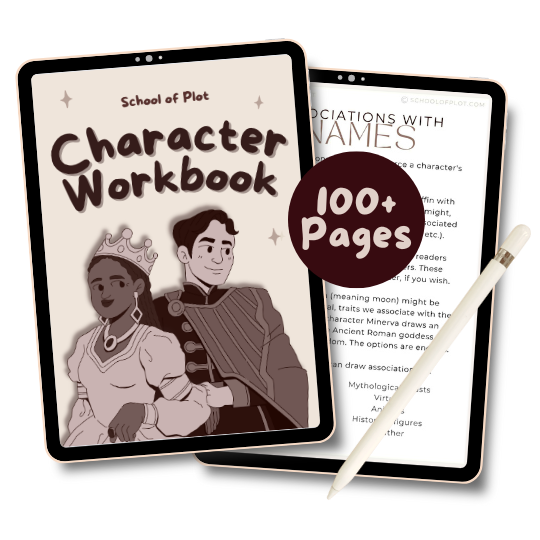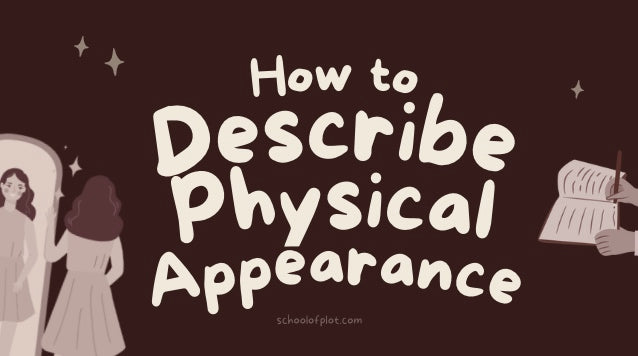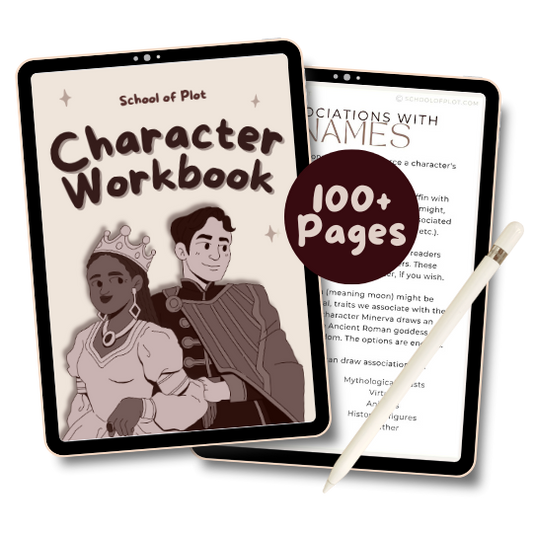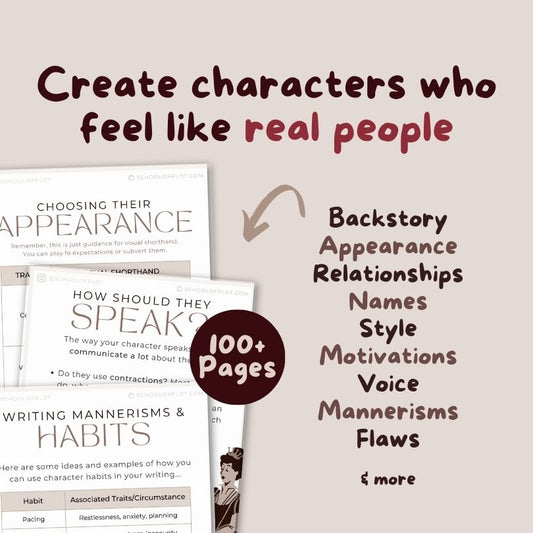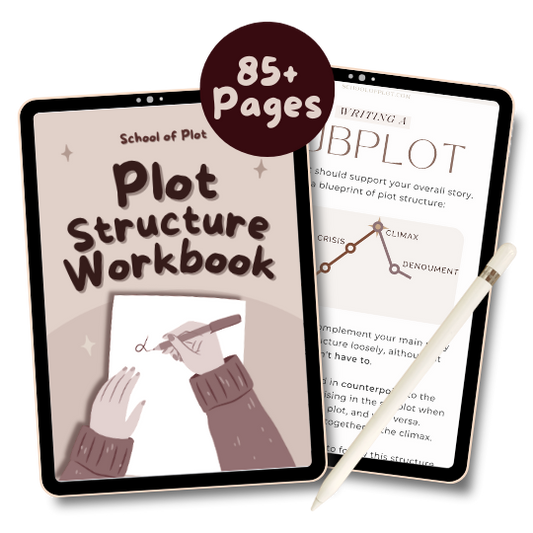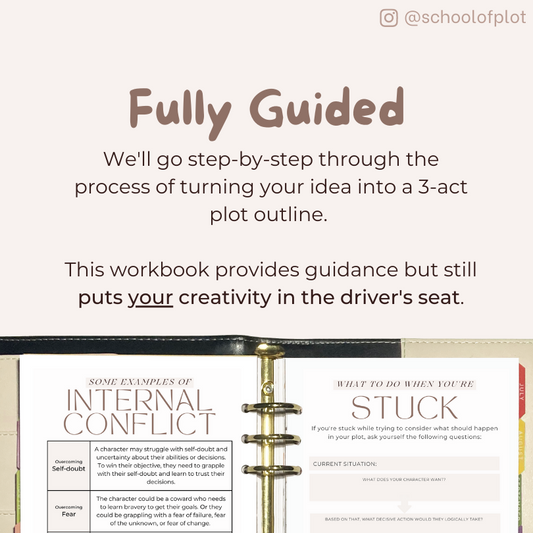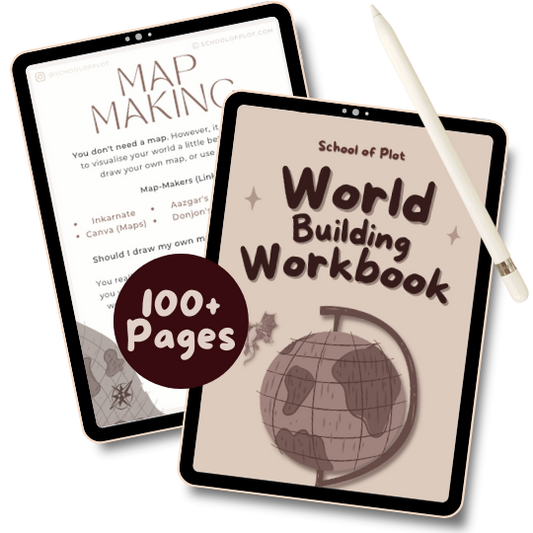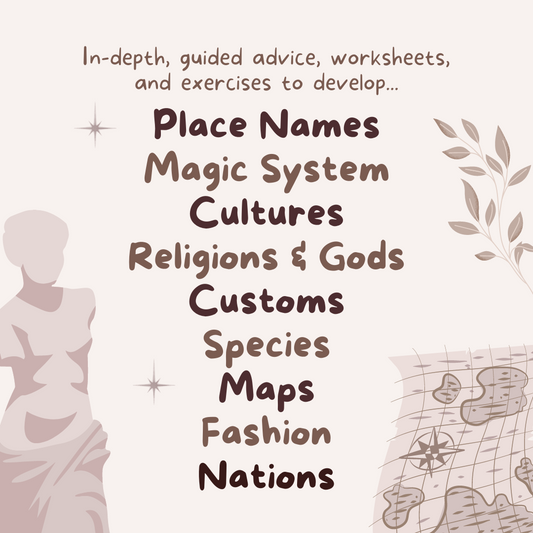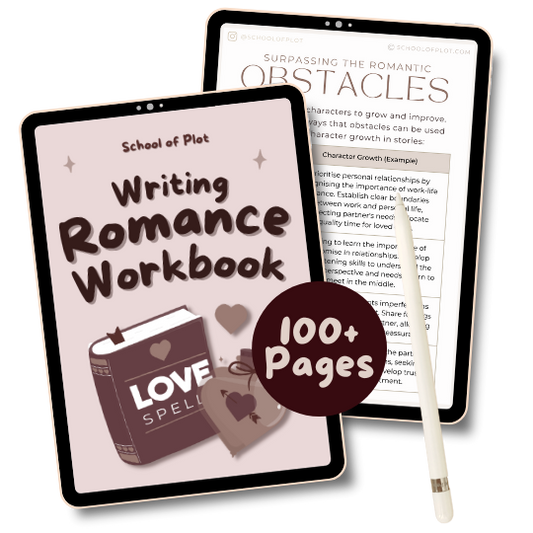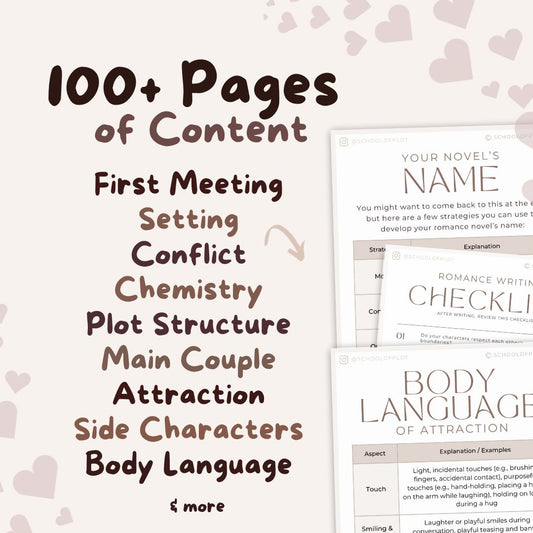Writing a character's physical appearance can be challenging to do naturally, especially in a first person POV. These tips help you to describe your characters' looks in a way that naturally integrates with your writing.
1. Use Settings
A natural way to describe physical appearance is to see how the setting affects it.
- Is the cold hurting your character’s fresh scar?
- Is their pallid skin resisting the summer sun?
- Is the humidity making their hair even fluffier?
2. Highlight Using Clothes
Is your character always wearing a huge cloak to conceal his plague lesions? Is she constantly wearing tank tops to show off her huge arm muscles?
3. Action
Instead of just saying “they wore braces” or “she had long black hair” see where you can naturally weave these details into actions.
- Is your character self-conscious and embarrassed by their braces? Have them consciously smile with their lips closed tight to cover their braces.
- Is your character proud of her long black hair? Have her constantly preening it.
You don’t have to do this for every physical trait, of course, but see where it fits well.
4. Describe By Contrasting
One way to naturally describe a character is by contrasting them to those around them. For example, perhaps a character feels jealous of their taller, more muscular friend.
Perhaps they feel pity towards their scrawny, ugly sibling. It kills two birds with one stone, and also gives you the chance to sprinkle in a little bit of characterisation. If you have the Character Workbook, refer to the section on APPEARANCE for detailed advice!
5. Avoid the Mirror
How often do you stand in front of the mirror thinking about how brown your eyes are? Unless your character is especially image-conscious or something has changed (e.g. a growing pregnancy bump), consider skipping the mirror scene.
6. Sprinkle Info
It’s absolutely fine to reveal details over time. You don’t have to describe every facet of a character’s appearance as soon as they’re introduced. Consider starting with broad strokes - noticeable or defining details.
